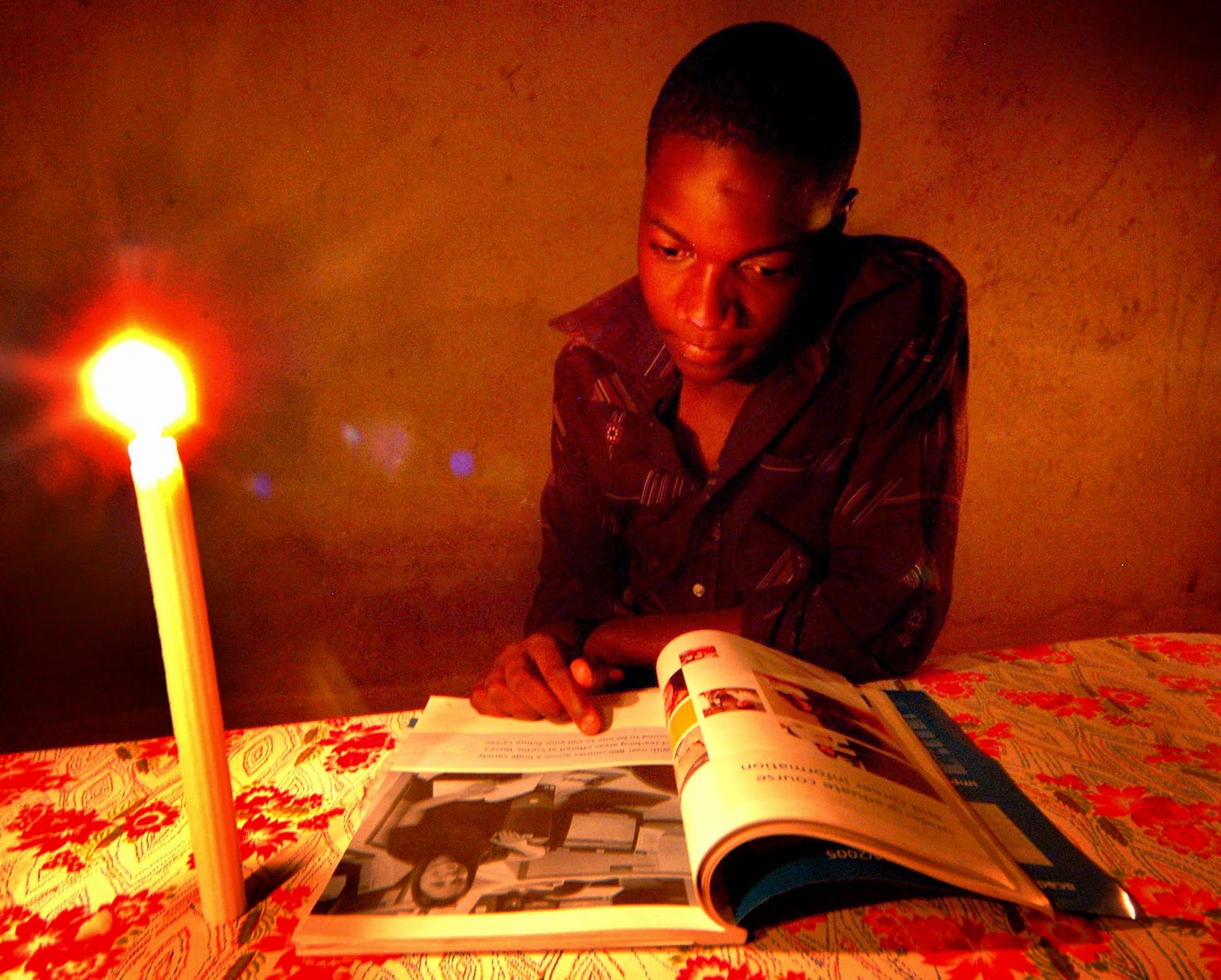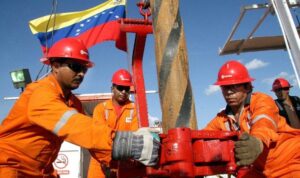
Published 6/9/2023 10:30 am | Edited 6/7/2023 10:34 AM
A joint report by organizations including the World Bank and the World Health Organization (WHO) points out that around 675 million people still live without electricity worldwide.
For these people, the Second Industrial Revolution (ending with the 2nd World War, in 1945) which marks, among other situations, the transition from steam energy to electric energy has not yet taken place.
With reference data from 2021, the largest contingent is in sub-Saharan Africa, which concentrates 80% of those who do not have access to electricity. The data is alarming for the region due to the fact that this level is the same as in 2010.
This contrasts with energy transition measures spearheaded by developed countries. This point was explored by the executive director of the International Energy Agency, Fatih Birol. The representative of the entity, which subscribes to the study, observes that while in many places progress towards clean energy has already taken place, there is still a large gap [675 milhões de pessoas] to provide “sustainable, secure and universal access to modern energy services”.
Goals
Despite the situation in the last decade, the electricity reach rate went from 84% to 91%, between 2010 and 2021. In numbers, from 1.1 billion to 675 million. However, since 2019, there has been a slowdown in progress due to the Covid-19 pandemic. The assessment is that many people are no longer able to afford electricity prices.
This signal has already turned on the alert of organizations that mobilize so that the numbers do not start to retreat. World Bank Vice President Guangzhe Chen notes that the situation is real with “a slowdown in the pace of global electrification”
For this not to happen, the advance needs to be 1% per year, and today it is at 0.6%.
Therefore, objective 7 of the 2030 Agenda for Sustainable Development, established by the UN, “ensure reliable, sustainable, modern and affordable access to energy for all”, is at risk in terms of universal access.
Lack of energy and advances
Among the countries with the highest number of people without access to electricity: Nigeria (86 million without access out of a population of over 220 million) and Democratic Republic of Congo (76 million without access out of a population of over 100 million ).
On the other hand, the regions that showed great progress between 2010 and 2021 were Central and Southern Asia, decreasing from 414 million to 24 million people who remain without electricity. Highlights were India, which became the most populous country in the world with more than 1.4 billion inhabitants, and Bangladesh.
According to the World Bank, 99% of the Brazilian population has access to electricity.
*With agency information
Source: vermelho.org.br

